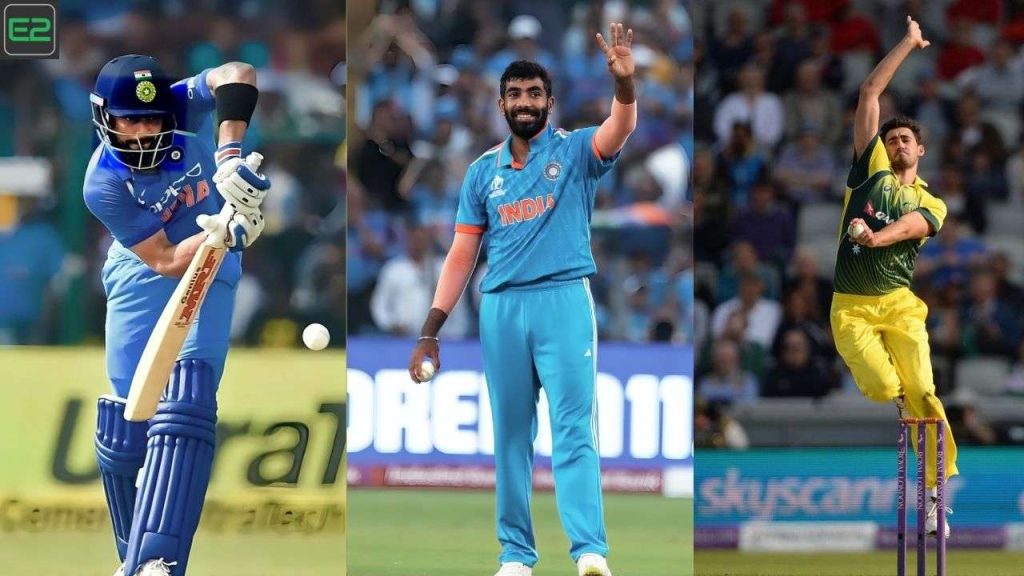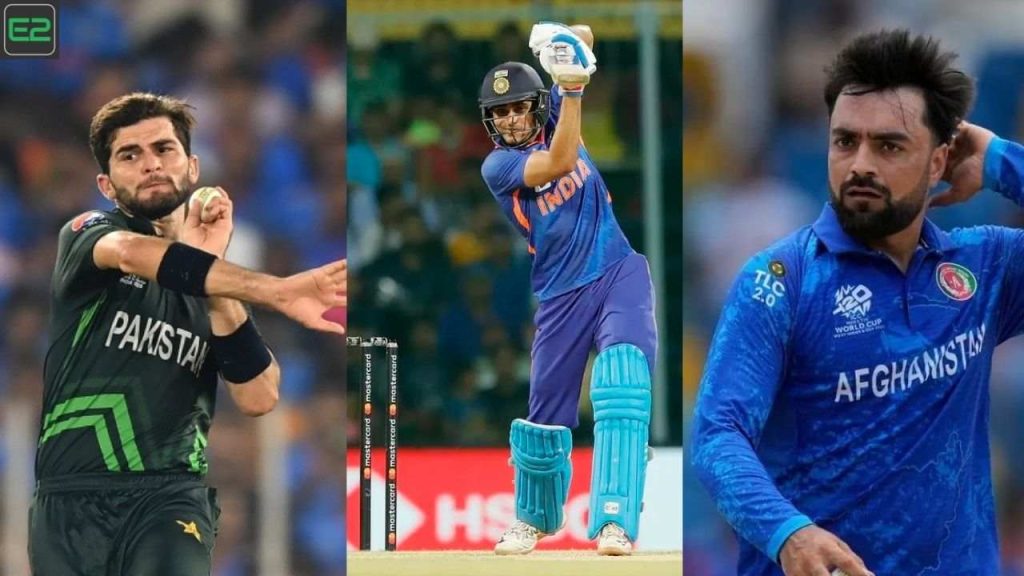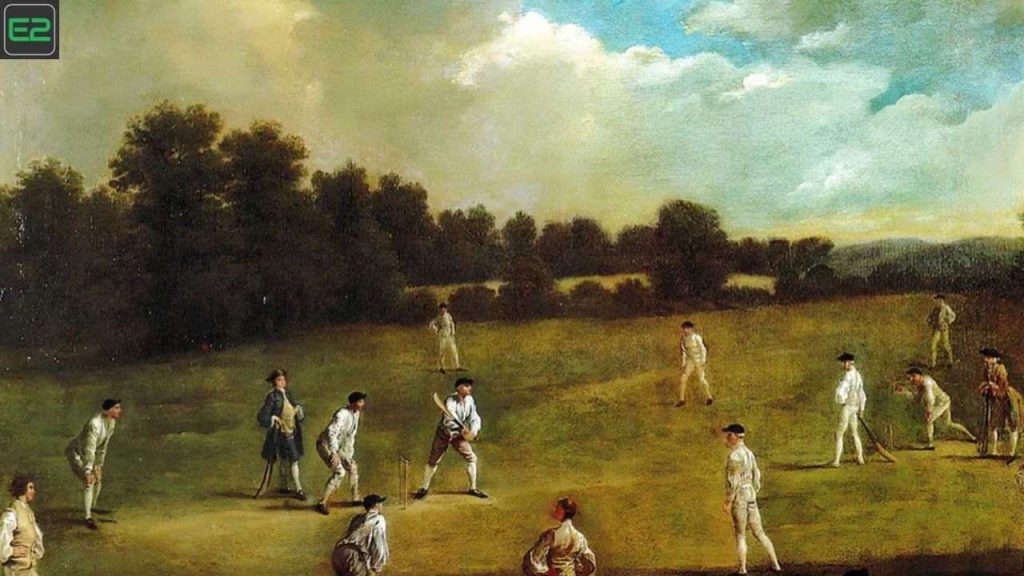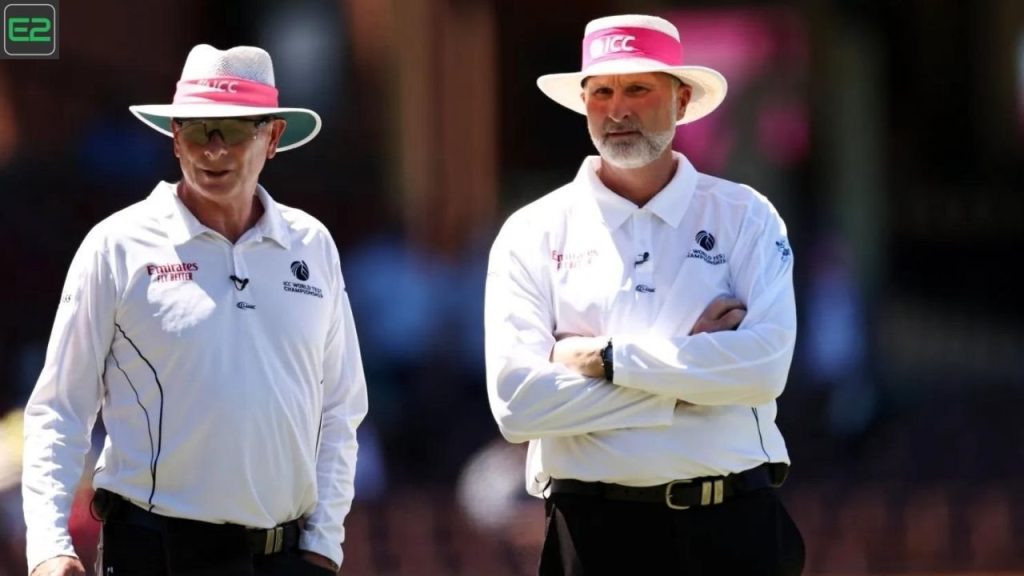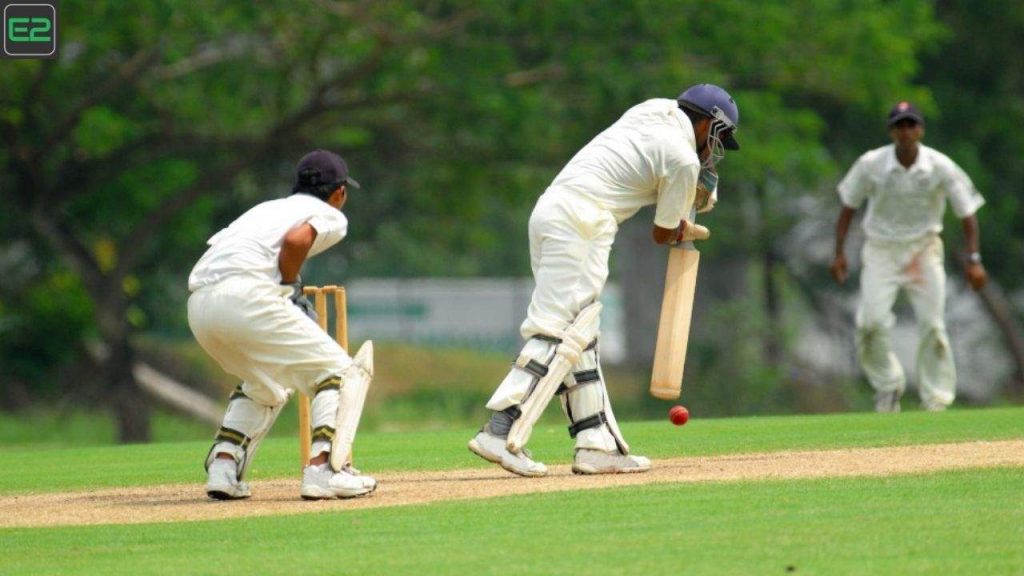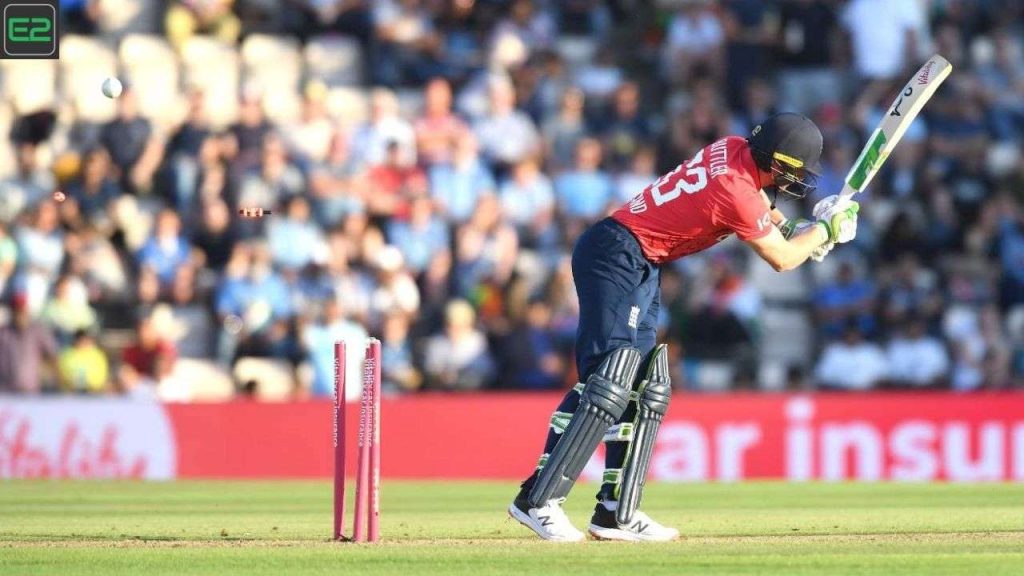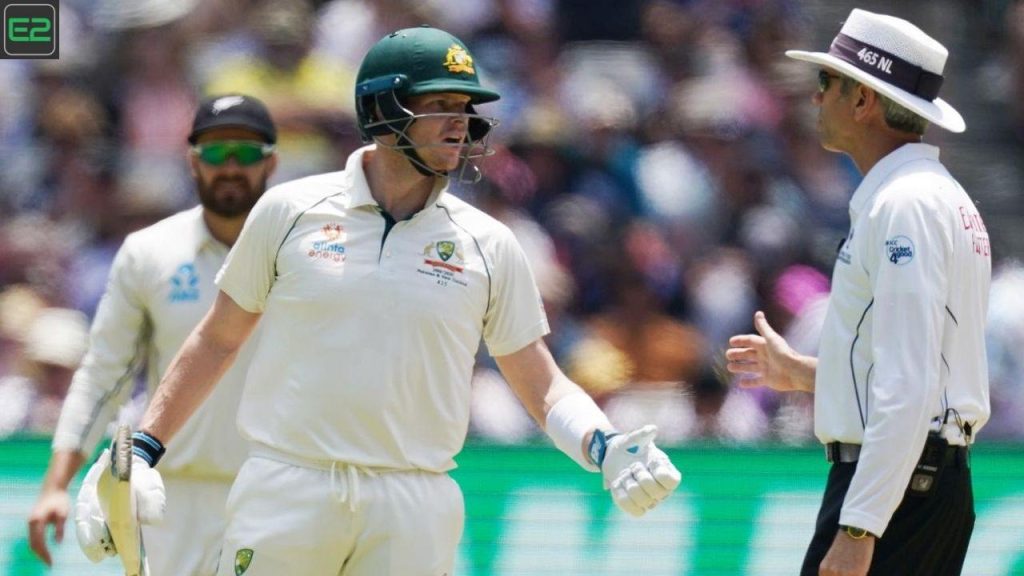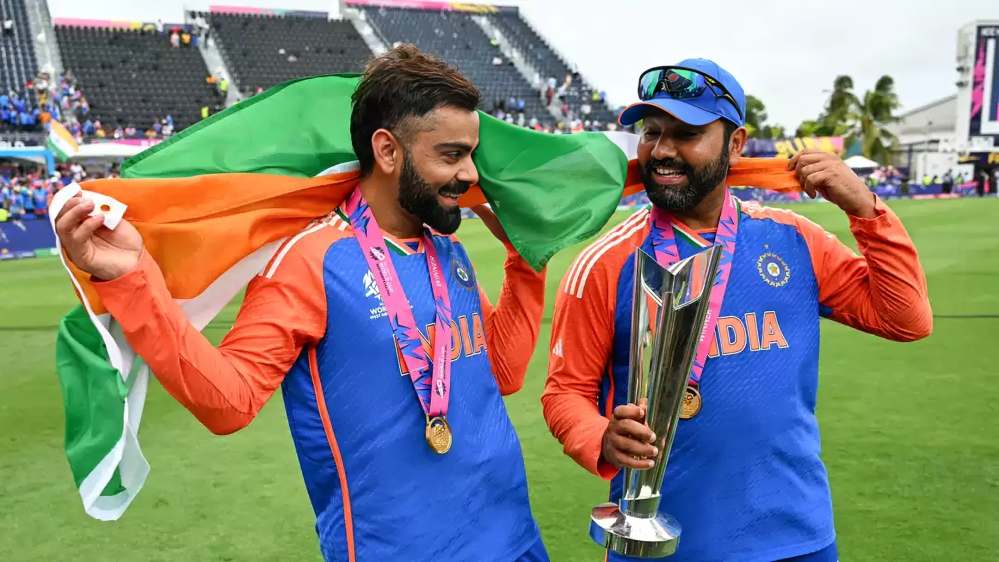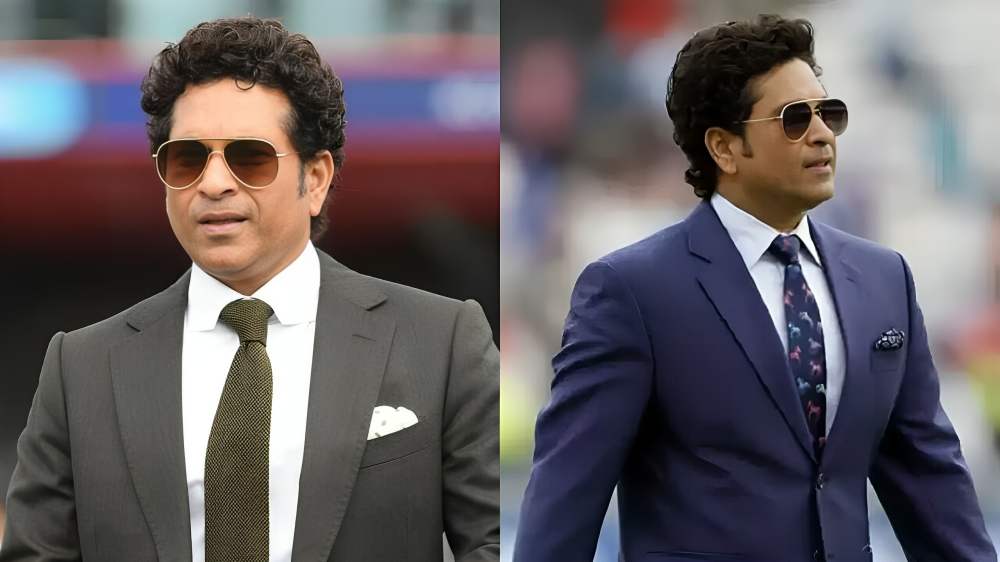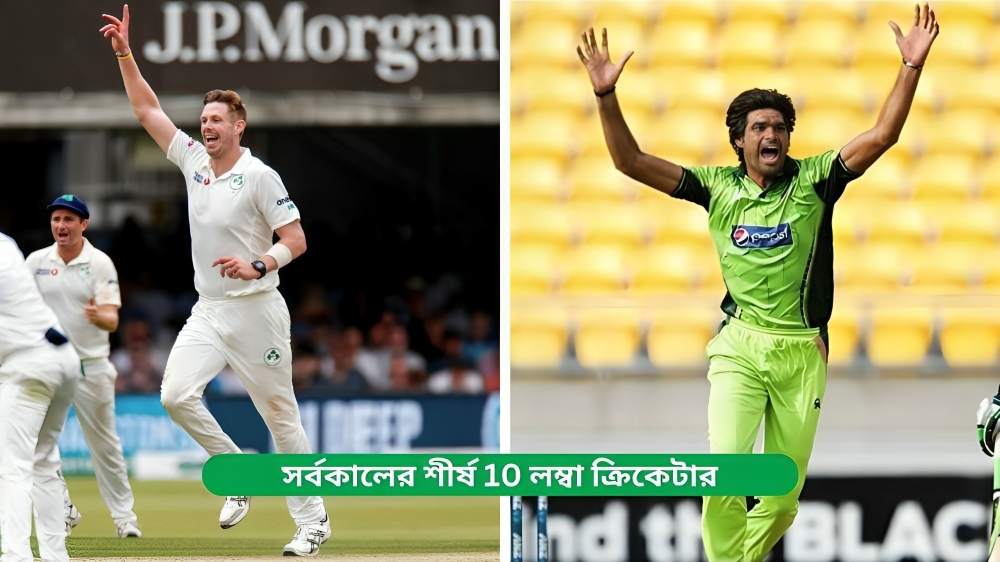Worst: In the world of cricket, fast bowlers often enjoy the limelight for their ability to deliver match-winning performances, bowl at blistering speeds, and instill fear in the hearts of batsmen. However, not all fast bowlers are created equal, and just as the greats of the game have set benchmarks, there have been players who unfortunately failed to meet expectations. While cricket can be a game of highs and lows for every player, a fast bowler who is frequently deemed ineffective or unsuccessful in the eyes of critics and fans may be referred to as one of the “worst” fast bowlers.
Worst: So, who holds the title of cricket’s worst fast bowler? This title is subjective, often based on various factors such as average, economy rate, strike rate, and career success—or the lack of it. In this article, we will look at several bowlers who struggled to make a mark in international cricket, diving into their statistics and analyzing why they failed to live up to expectations. We’ll also explore how perceptions around “worst” can be a bit more nuanced than just poor statistics.
1. Understanding The Criteria: What Makes A Bowler The “Worst”?
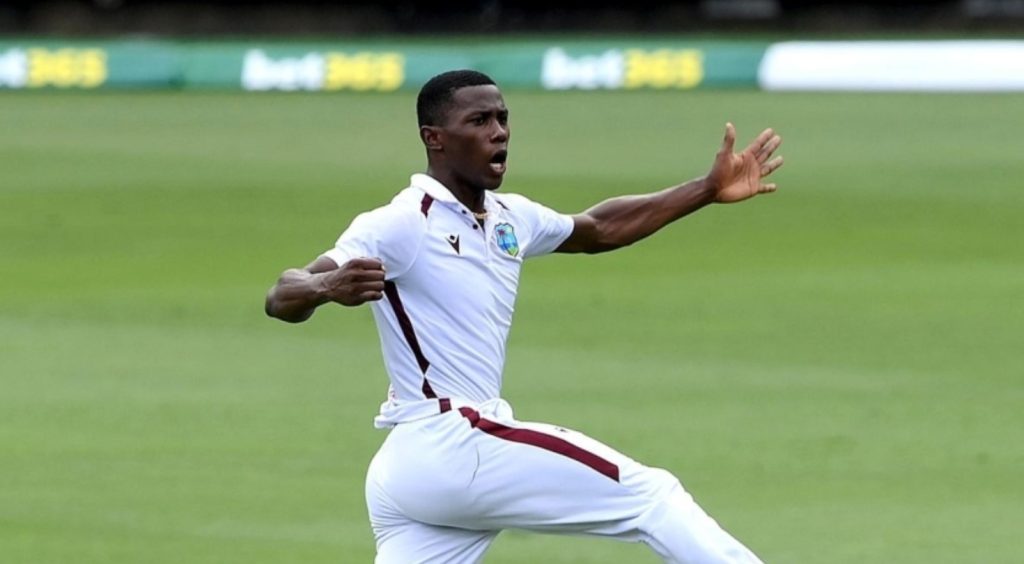
Worst: Before delving into specific bowlers, it’s important to define what makes a fast bowler the “worst.” While it’s easy to point to poor career statistics like a high bowling average or low wicket-taking rate, the label of “worst” can be subjective. There are a few key factors that are often considered when assessing the effectiveness (or lack thereof) of a fast bowler:
Bowling Average: A high bowling average generally indicates that the bowler is ineffective, as it reflects the number of runs conceded per wicket taken.
Economy Rate: A high economy rate reflects a bowler’s inability to restrict runs, which is a critical role for fast bowlers.
Strike Rate: A poor strike rate shows a bowler’s inability to take wickets regularly. Fast bowlers are often expected to strike frequently, and a high strike rate indicates they struggle to break partnerships.
Consistency: Inconsistent performances over a period of time or in key matches can mark a bowler as ineffective, even if their statistics aren’t abysmal.
Failure to Meet Expectations: Sometimes, bowlers with a lot of hype and potential simply fail to deliver, leading to the perception of them being poor.
With that in mind, let’s take a look at some bowlers who have been discussed as candidates for the title of cricket’s worst fast bowler.
2. Darryn Steyn (South Africa) – The Forgotten Talent
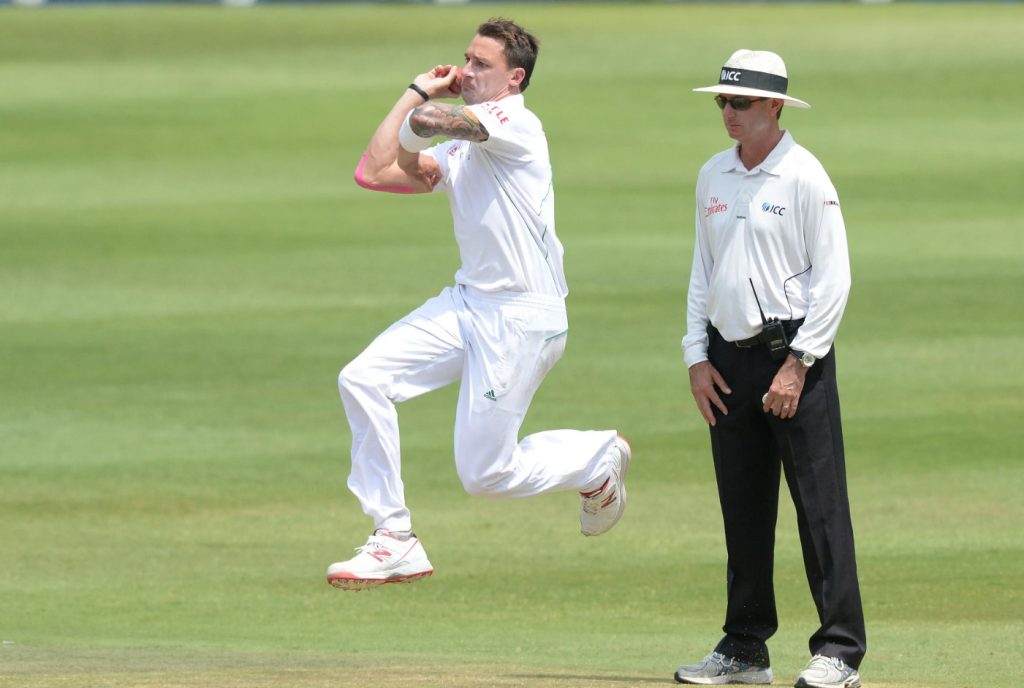
Worst: It’s hard to imagine that someone as talented as Darryn Steyn, who was once considered one of the future fast-bowling greats, would ever be labeled as a “bad” fast bowler. Unfortunately, Steyn struggled to live up to his early promise and faded into relative obscurity after his early years in the international arena. His brief career at the international level did not live up to the hype, and he often failed to make an impact with his pace bowling.
Key Statistics:
| Statistic | Darryn Steyn |
|---|---|
| Total Matches Played | 16 Tests, 25 ODIs |
| Total Wickets | 50 (Tests + ODIs combined) |
| Average | 50.42 (Test) |
| Strike Rate | 75.22 (ODIs) |
Why He Was Considered Unsuccessful:
- Steyn failed to pick up wickets consistently, especially during key matches.
- His performances in international cricket were largely considered unremarkable.
3. Ian Austin (England) – Short-Lived Career, Big Expectations

Ian Austin was another fast bowler who arrived with a lot of expectations but failed to deliver at the international level. He was expected to become a reliable seam bowler for England but was rarely able to deliver solid performances in critical situations.
Key Statistics:
| Statistic | Ian Austin |
|---|---|
| Total Matches Played | 18 Tests, 9 ODIs |
| Total Wickets | 44 (Tests + ODIs combined) |
| Average | 47.51 (Test) |
| Strike Rate | 60.47 (ODIs) |
Why He Was Considered Unsuccessful:
- Austin’s performances were inconsistent, and he struggled against better teams.
- He didn’t make an impact in key games for England, which led to his eventual dismissal from the national side.
4. Chris Silverwood (England) – A Fast Bowler Who Couldn’t Deliver
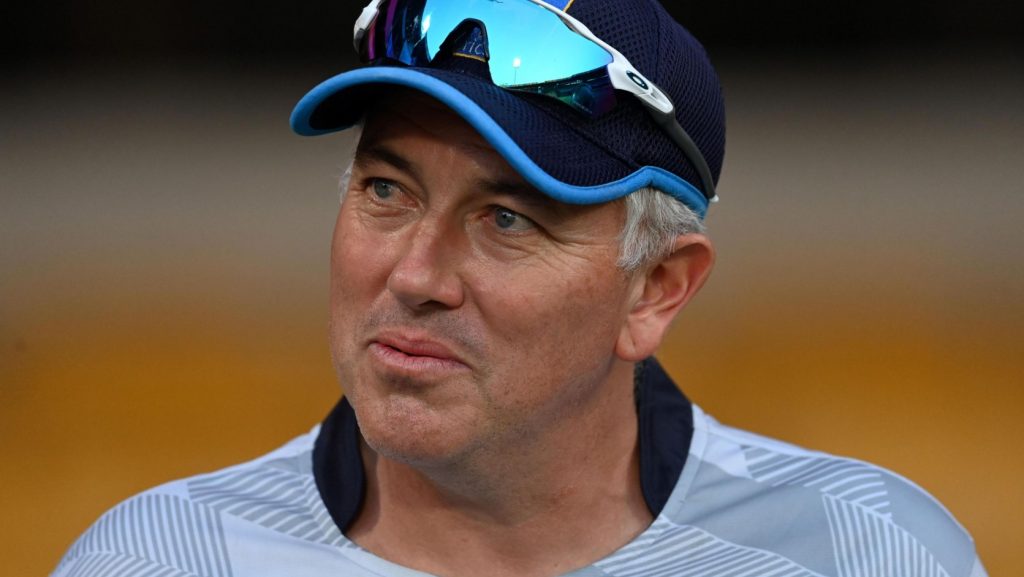
Chris Silverwood, who eventually became England’s head coach, had a forgettable career as a fast bowler. Known more for his medium-paced deliveries, Silverwood struggled to assert his dominance with the ball. Despite being given numerous opportunities, he failed to make a mark and often ended up being part of a team that failed to strike fear into the opposition.
Key Statistics:
| Statistic | Chris Silverwood |
|---|---|
| Total Matches Played | 20 Tests, 26 ODIs |
| Total Wickets | 70 (Tests + ODIs combined) |
| Average | 46.15 (Test) |
| Strike Rate | 78.9 (ODIs) |
Why He Was Considered Unsuccessful:
- Despite his opportunities in the England squad, Silverwood was often considered more of a medium-paced bowler than a genuine fast threat.
- He was not able to establish himself as a match-winner, with poor economy rates and wicket-taking numbers contributing to his failure.
5. Ajit Agarkar (India) – A Disappointing Career
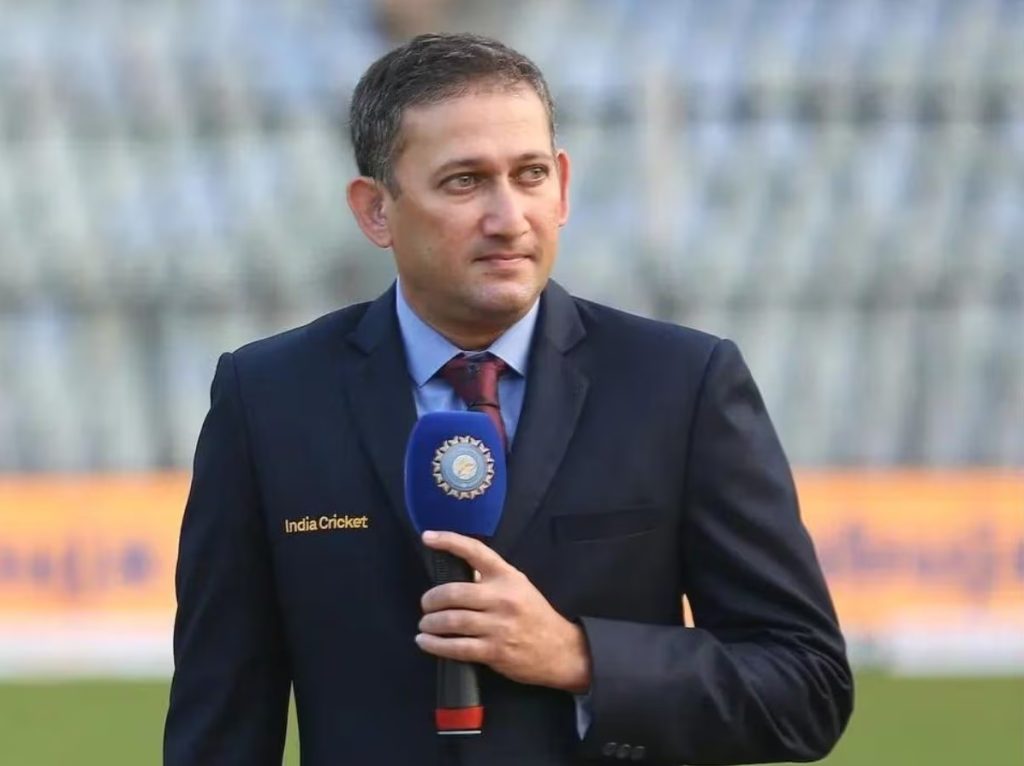
Ajit Agarkar, despite some bright moments, often struggled to live up to his potential. He was known for his pace, but his inconsistency made him a source of frustration for Indian cricket fans. Agarkar had several high-profile failures against big teams, and despite his high-profile name in the Indian cricket setup, his numbers often didn’t justify his place in the team.
Key Statistics:
| Statistic | Ajit Agarkar |
|---|---|
| Total Matches Played | 26 Tests, 191 ODIs |
| Total Wickets | 288 (Tests + ODIs combined) |
| Average | 27.99 (ODI) |
| Strike Rate | 33.3 (ODIs) |
Why He Was Considered Unsuccessful:
- His inconsistency in taking wickets when it mattered most, particularly in major Test matches, made him a marginal player for India.
- His ODI average was relatively good, but his bowling in Test matches never came up to the expected level.
6. The Other Side: Why Fast Bowlers Fail
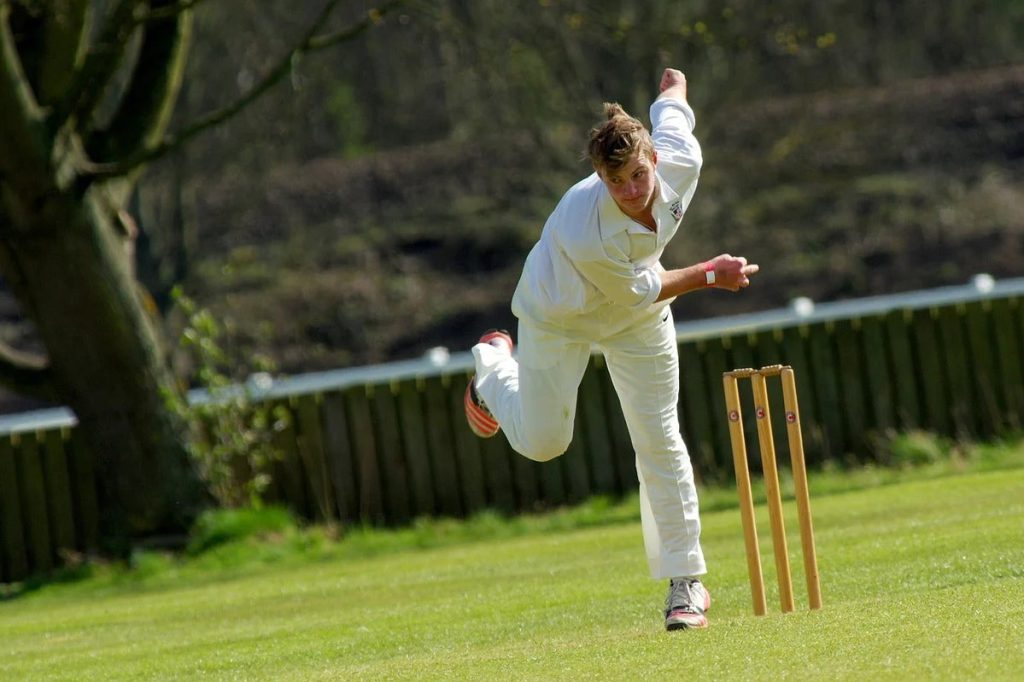
While the players mentioned above had underwhelming careers, the reasons behind a fast bowler’s failure are complex. Several factors contribute to why certain bowlers fail to perform consistently at the international level:
Injuries
Fast bowlers are prone to injury due to the repetitive and high-impact nature of their bowling actions. Injuries can hamper their pace, rhythm, and consistency, making it difficult for them to maintain a successful career.
Lack of Technique
Some fast bowlers, especially those with a high number of expectations, may fail to develop a proper technique. Without solid line and length control or the ability to extract movement from the pitch, they struggle at the top level.
Inconsistent Pace
Fast bowling requires exceptional stamina and rhythm. When bowlers lose their pace or fail to maintain it consistently, they often fail to compete with world-class batsmen who can easily pick slower deliveries.
Pressure of Expectations
Sometimes, bowlers are hyped up too much before they prove themselves. The immense pressure of living up to expectations can weigh heavily on young fast bowlers, leading them to buckle under the pressure, resulting in poor performances.
While the title of “worst fast bowler” in cricket is subjective, it’s clear that several players failed to meet expectations despite their potential. Factors such as injuries, lack of technique, or even psychological pressure can hinder a fast bowler’s success. However, it’s important to remember that every cricketer’s career is shaped by a combination of opportunities, form, and circumstances.
While bowlers like Darryn Steyn, Ian Austin, and Chris Silverwood may have failed to achieve lasting success, the world of cricket continues to produce incredible fast bowling talents who make their mark in the game. Ultimately, even those considered to be the “worst” fast bowlers offer valuable lessons about the sport’s unpredictability and the ever-evolving nature of cricket.


